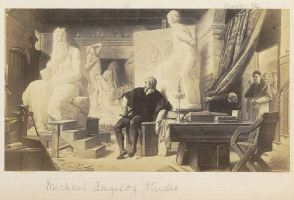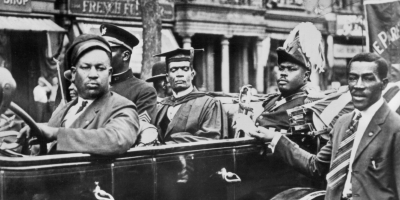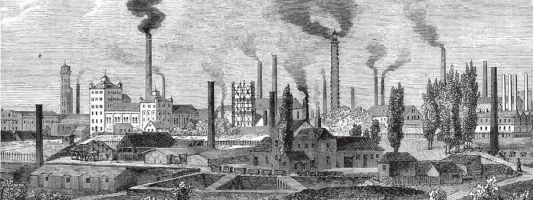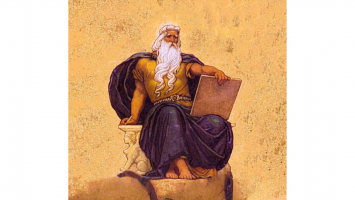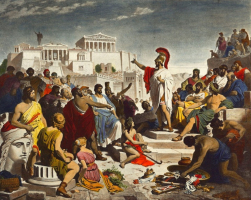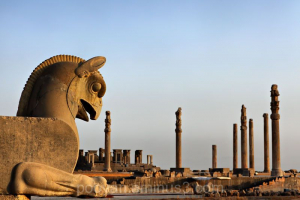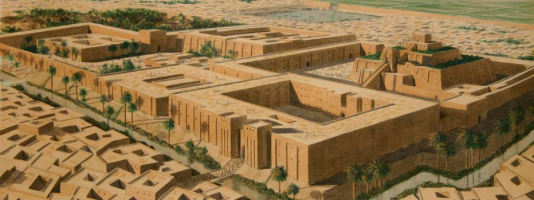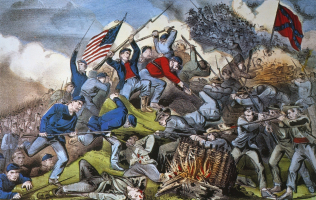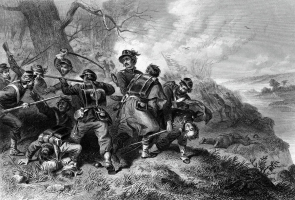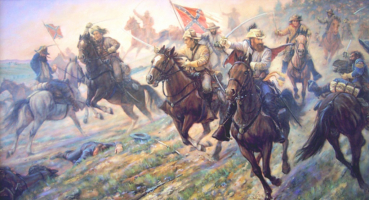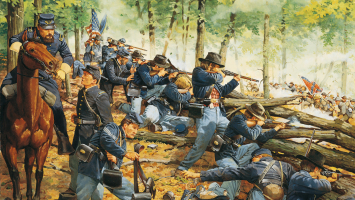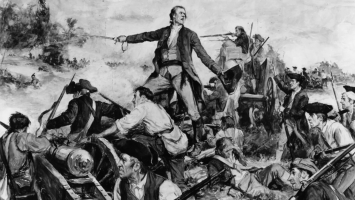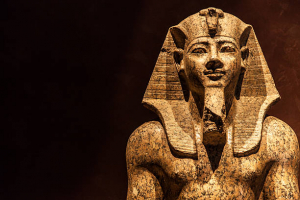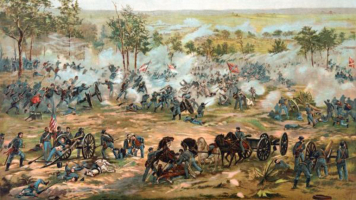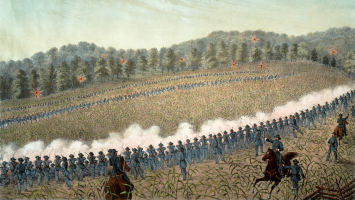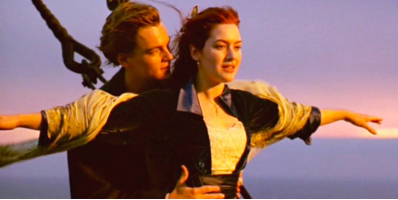Top 10 Tantalizing Tales about the Renaissance
Following the Middle Ages, sometimes known as "The Dark Ages," which were severely affected by the horrific Black Death, Europeans witnessed the beginning of a ... read more...new age that honored classical Greco-Roman ideas. This "rebirth" became known as "The Renaissance," and it marked the beginning of an intellectual and cultural movement that would profoundly alter the course of history.
-
The term "genius" is misused far too frequently to the point where it no longer conveys the intended meaning. But there can be no question that Leonardo da Vinci had an astounding mind and talent. His most famous artwork continues to enthrall packed crowds at The Louvre in Paris.
Because of his intense curiosity, Leonardo applied science, chemistry, and optics to his creative process. He also had a keen understanding of how the retina interprets visual information. His greatest accomplishment, the Mona Lisa, which took 16 years of laborious work to complete, is a shining example of this all-encompassing technique.
The sweeping biography of the greatest "renaissance man," written by author Walter Issacson, states: "The power of the Mona Lisa's smile is that it seems to respond to our gaze. What's she contemplating? She responds with an enigmatic smile. Take another look. Her grin seemed to waver. We look aside, but the mysterious smile stays in our minds as well as in the minds of all people. The coupled elements of motion and emotion that define Leonardo's art are more entwined in this painting than in any other. Leonardo became a forerunner of virtual reality as a result of his creation, a masterwork that welcomes and responds to human interactions.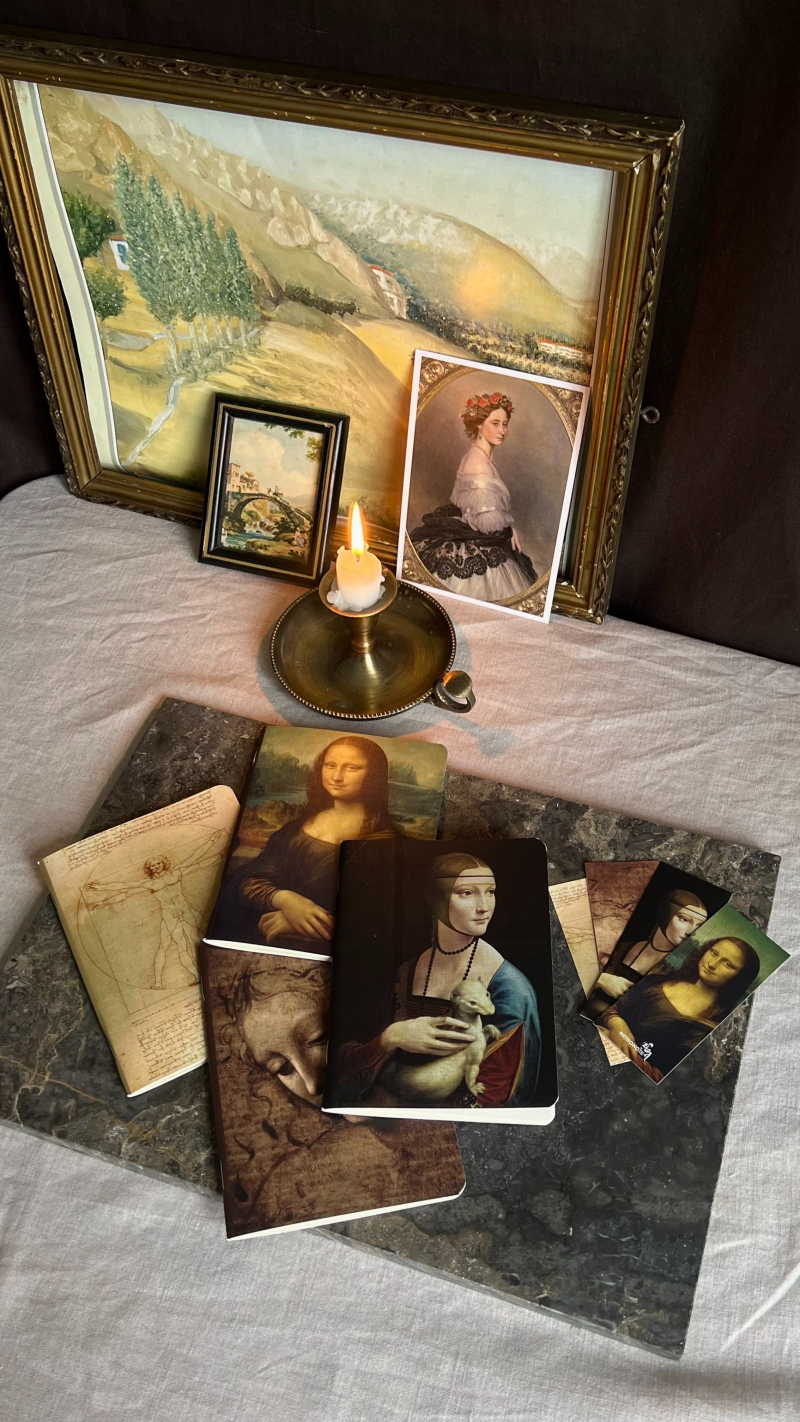
Image by Büşra Yaman via pexels.com 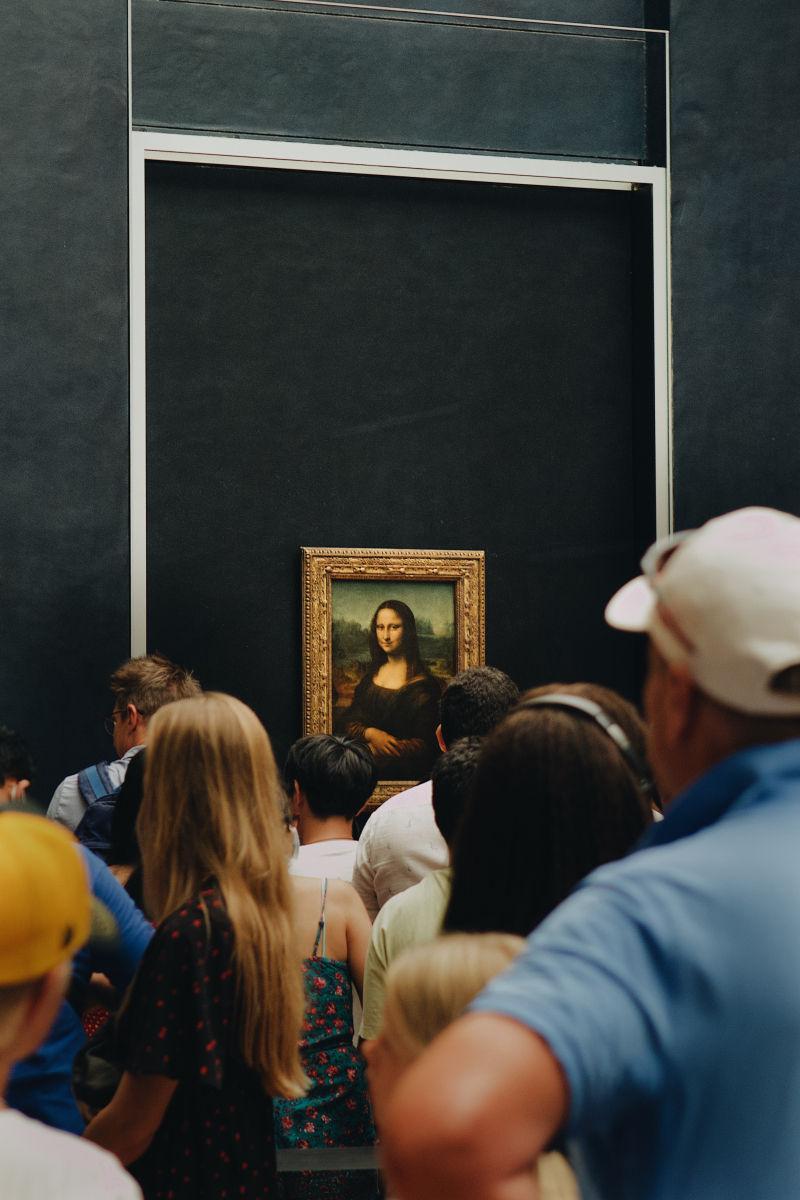
Image by Simon Ly via pexels.com -
William Shakespeare is still the uncontested heavyweight champion of writers more than 400 years after his passing. This is neither a falsehood or fraud, my dear friends. (Excuse the unnecessary iambic pentameter.) Due to his razor-sharp wit, "The Bard" had the means to immortalize himself by having a witty epitaph etched above his gravestone.
Shakespeare's remains was interred within Holy Trinity Church in his hometown of Stratford-upon-Avon when he passed away on April 23, 1616, at the age of 52. The verse over his grave (modern translation) serves as a warning to potential grave robbers who loot England's cemeteries at the time:
“Good friend, for Jesus’ sake forbeare,
To dig the dust enclosed here.
Blessed be the man that spares these stones,
And cursed be he that moves my bones.”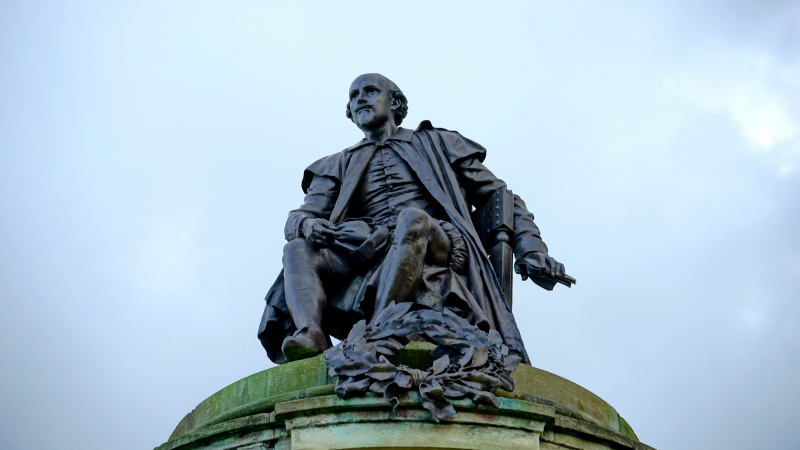
Image by Mike B via pexels.com 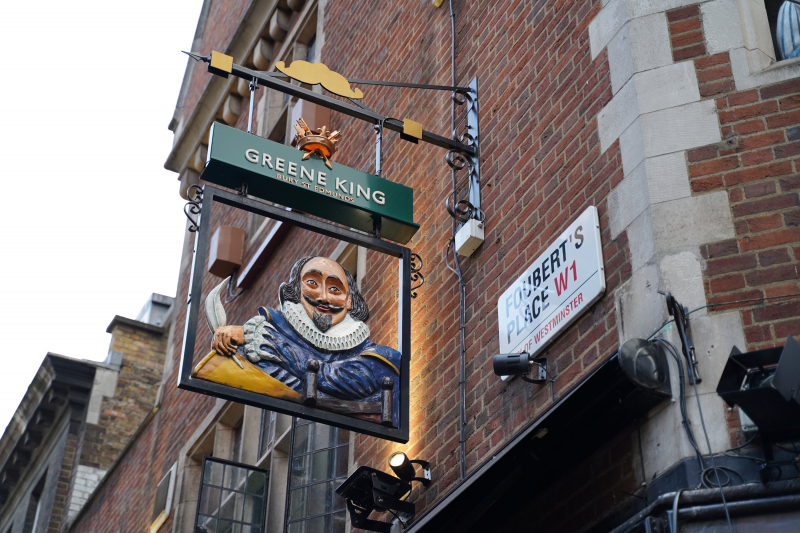
Image by Vaan Photography via pexels.com -
The largest naked statue of David is undoubtedly the most famous piece of art in the entire Academia Galleria in Florence, if not the entire globe. However, it's equally amazing how it came to be, which highlights Michelangelo's meticulous attention to his craft.
A sizable piece of rare white marble was abandoned for 25 years in the courtyard of Florence's Opera del Duomo. Due to the complexity and size of the project, other eminent artists had given up on earlier attempts to use the material. Then Michelangelo appeared. He started carving the biblical figure in 1501, working nonstop for two years while frequently dozing off in his boots. The statue eventually stood close to 17 feet tall and weighted more than 12,000 pounds.
For the record, Michelangelo killed many giants over his Hall of Fame career, compared to David's lone giant death. Even the original conception of God, immortalized on the Sistine Chapel ceiling as an aged wise man with long white hair and a beard, appears in his highlight reel. I'm just saying.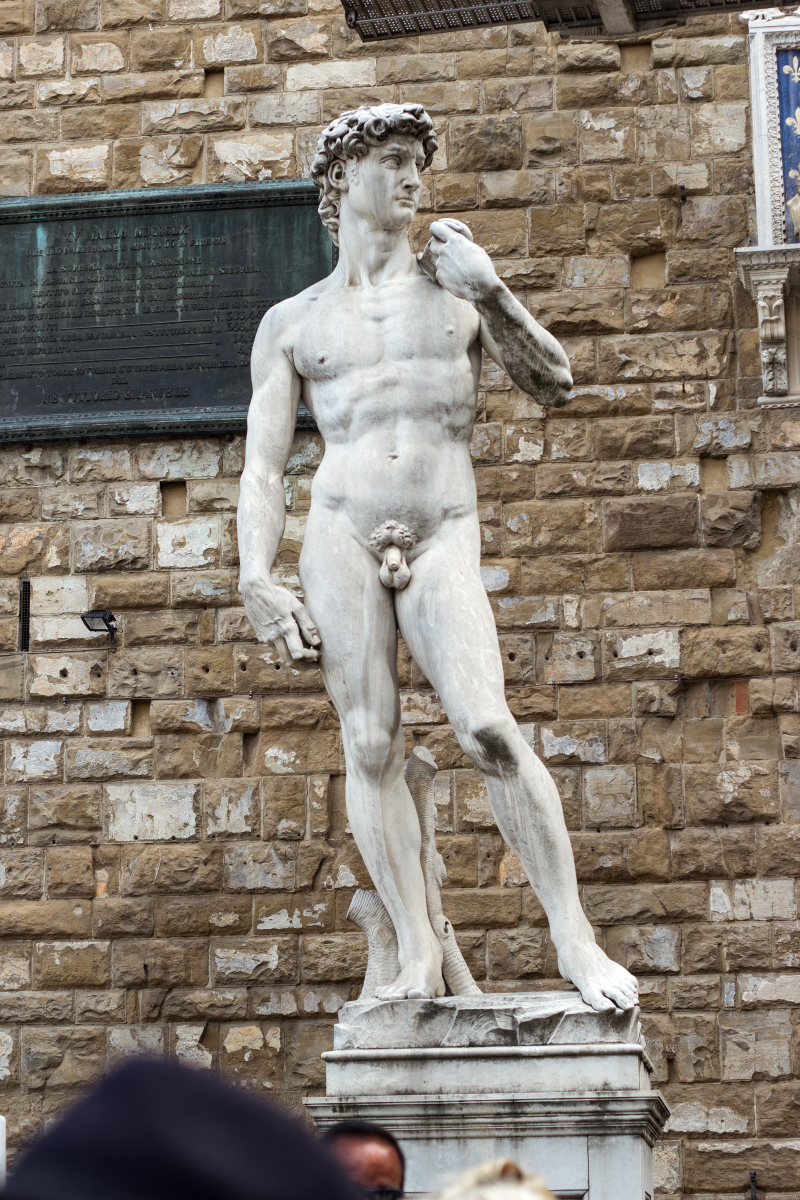
Image by Vladimir Gladkov via pexels.com 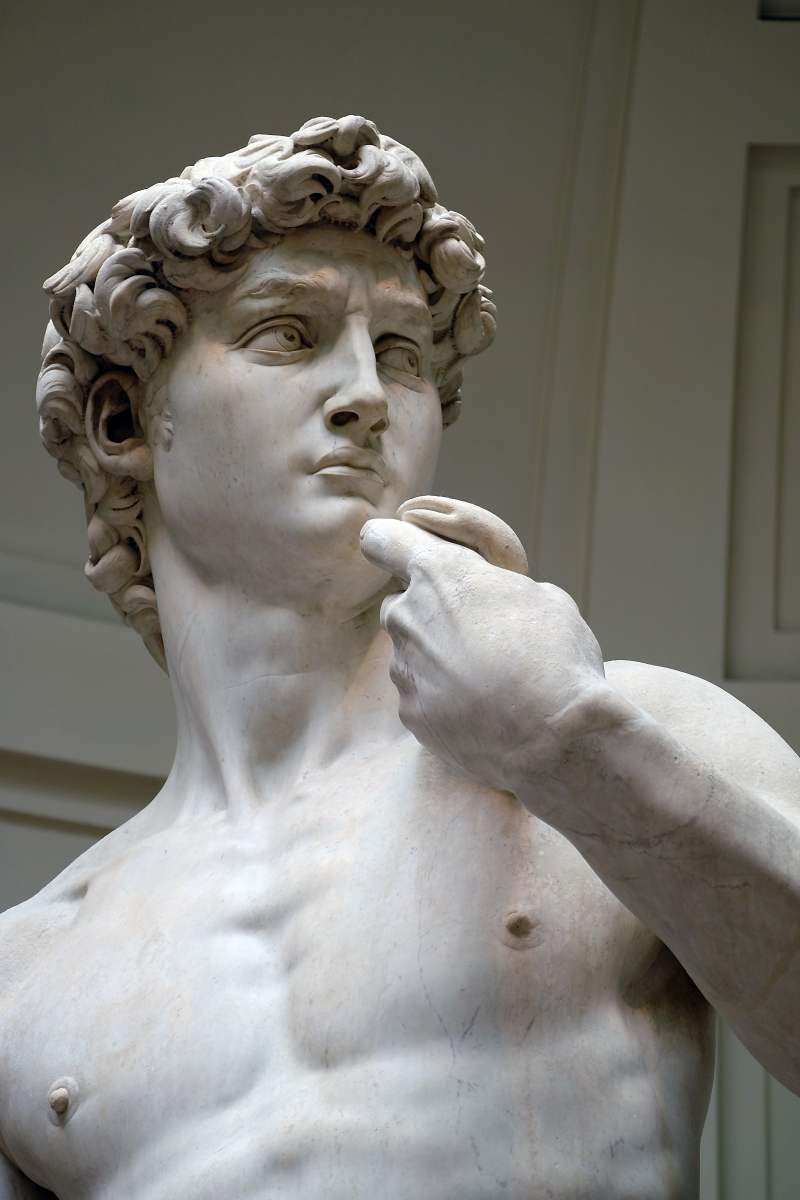
Image by Brian Banford via pexels.com -
Raphael was already regarded as a master painter at a time when the majority of young men were concerned with finding employment and making a few ducats. The talented young artist would later develop into an outstanding architect, furthering his fame, which already comprised a number of significant murals in the Apostolic Palace of the Vatican known as the Stanze di Raffaello (The Raphael Rooms).
Raphael was kept busy for the majority of his career by rich commissions, such as the portraits of popes Julius II and Leo X, but on his 37th birthday, while in Rome, he abruptly passed away from unidentified causes. The master was completing the stunning "The Transfiguration," which he had just begun.
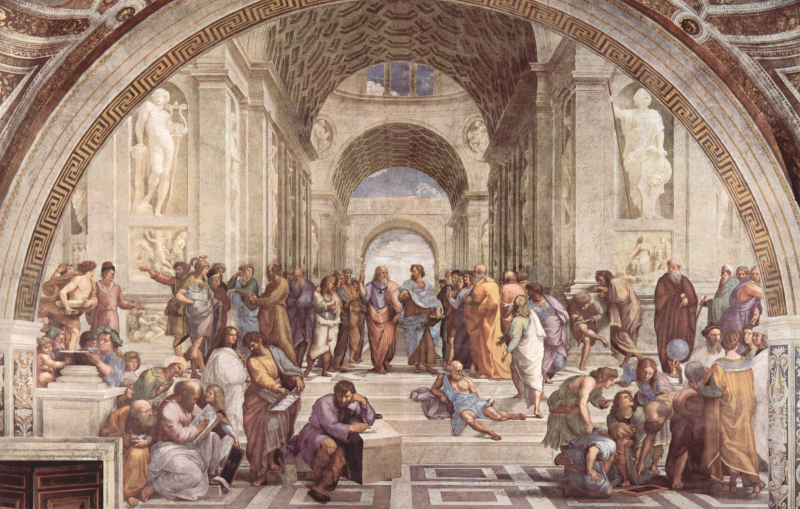
Image by Pixabay via pexels.com 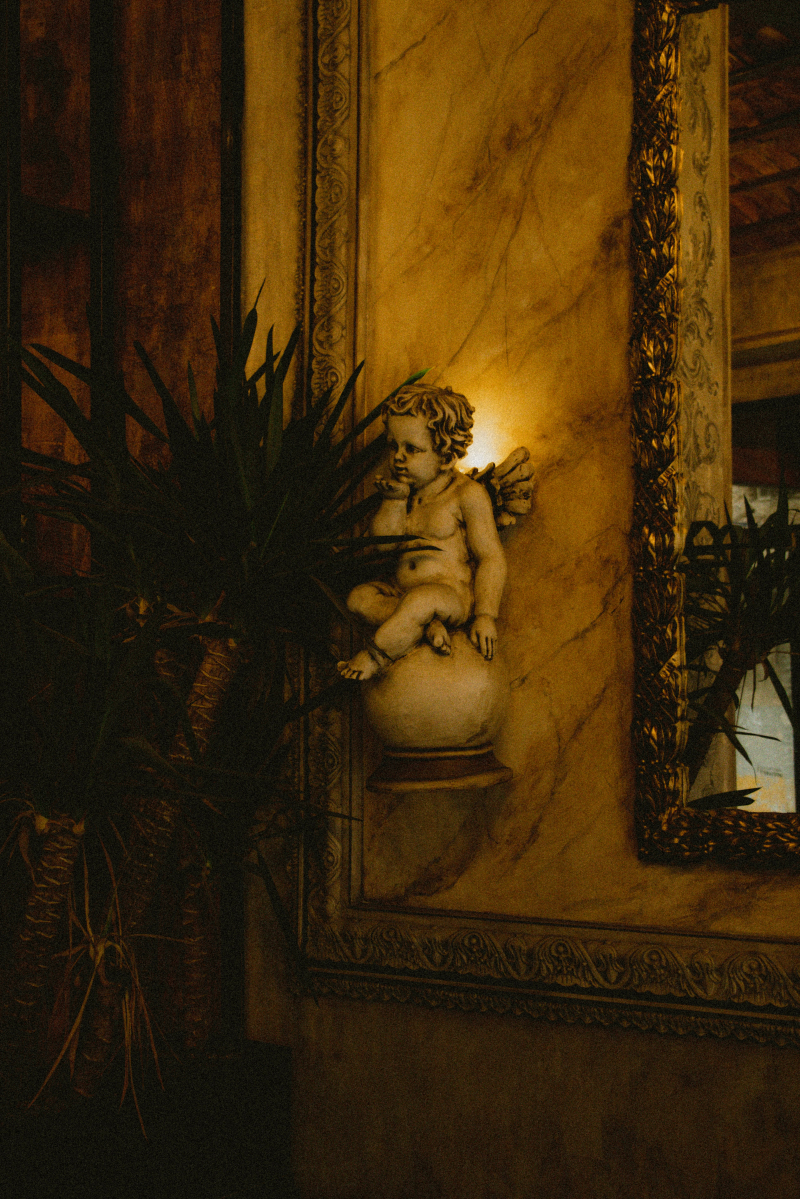
Photo for illustration only, Image by Civan D. via pexels.com -
Most people are probably most familiar with Henry VIII as the hulking British king who notoriously engaged in conflict with the Catholic Church and executed two of his six wives. The Tudor king, however, also made an enduring impression as a modern fashion icon.
Henry, a man with no shortage of charisma, originality, nerve, or talent, invented the square-toed shoe and the puffy-sleeved velvet jacket. He is said to have spent up to 16,000 ducats (approximately $3 million) on apparel each year.
Sumptuary Laws, a set of rules that limited the colors that commoners might wear, were also enforced by the dynamic ruler. For instance, purple was reserved for the royal family solely, a custom that originated among the elite of ancient Rome.
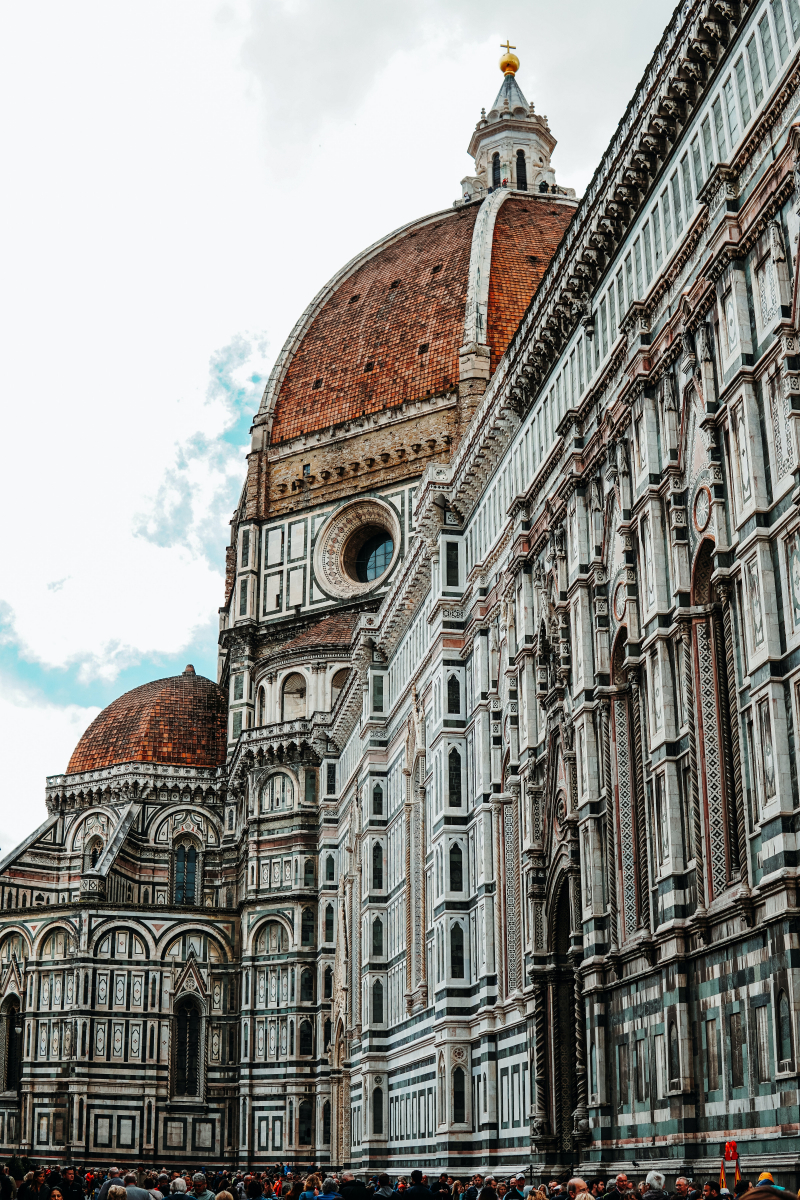
Image by Travis Robertson via pexels.com 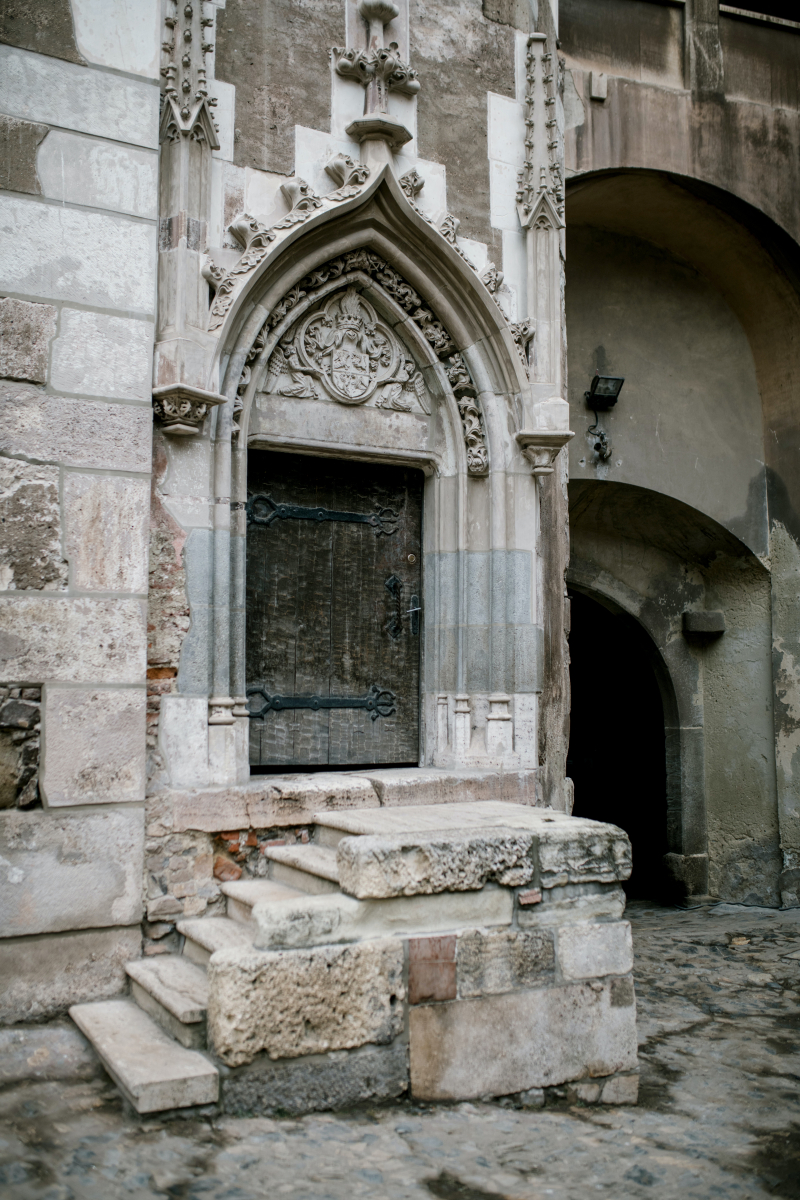
Image by Julia Volk via pexels.com -
The Pope has a huge amount of duty as the leader of the Catholic Church. Alexander VI let off steam at lavish orgies and beat up his enemies as a way of coping with these intense stresses. Additionally, he had at least six illegitimate offspring with other women.
The future pope, who was born Rodrigo Borgia into a poor Spanish family, was able to connive, steal, and bribe his way into the Vatican. When he passed away in 1503, the word "Borgia" had come to stand for immorality and depravity.
Later, Julius II famously declared, "I will not live in the same apartments as the Borgias," because to his reputation for excess and depravity. He profaned the Holy Church like no other has before.
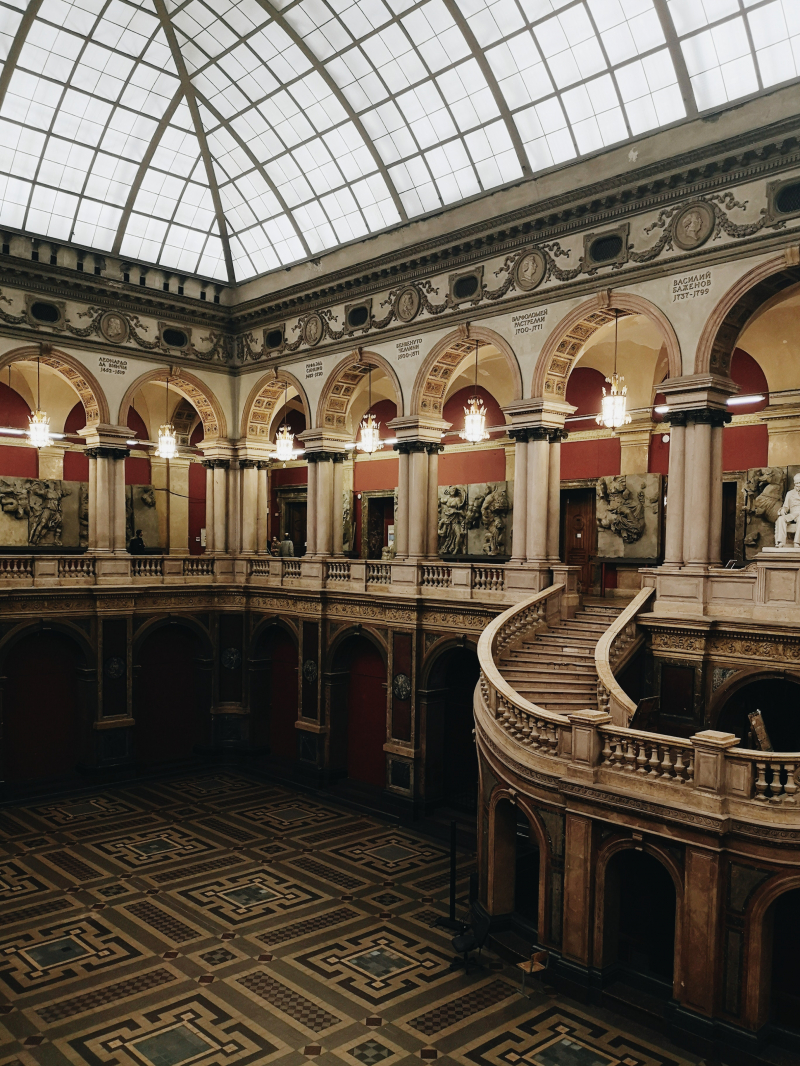
Image by Ekaterina Astakhova via pexels.com 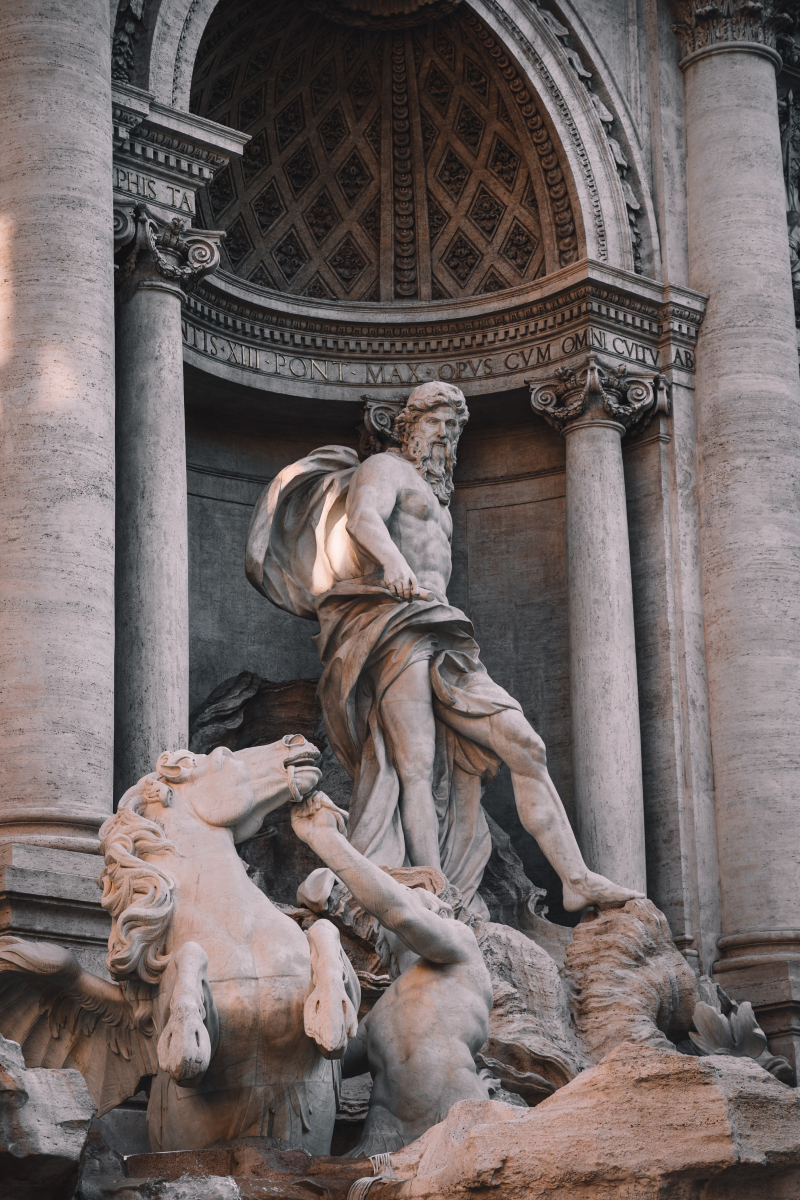
Image by Alex Azabache via pexels.com -
Although it's been claimed that money can't buy happiness, it can certainly buy a lot of other things, such as a zoo. The Medici family, who were wealthy lovers of the arts, generously invested in Florence's beautification, which included a magnificent zoo of exotic creatures.
Throughout the majority of the 15th century, the Medici dynasty flourished as one of the richest and most powerful dynasties in Europe. In an effort to win over the influential Florentines, the Burji Sultan of Egypt gave a North African giraffe to Lorenzo de' Medici in 1487. Many people flocked to witness the long-necked animal, which was later shown in a number of well-known Renaissance paintings, including Francesco Bacchiacca's "The Gathering of Manna" from 1540.
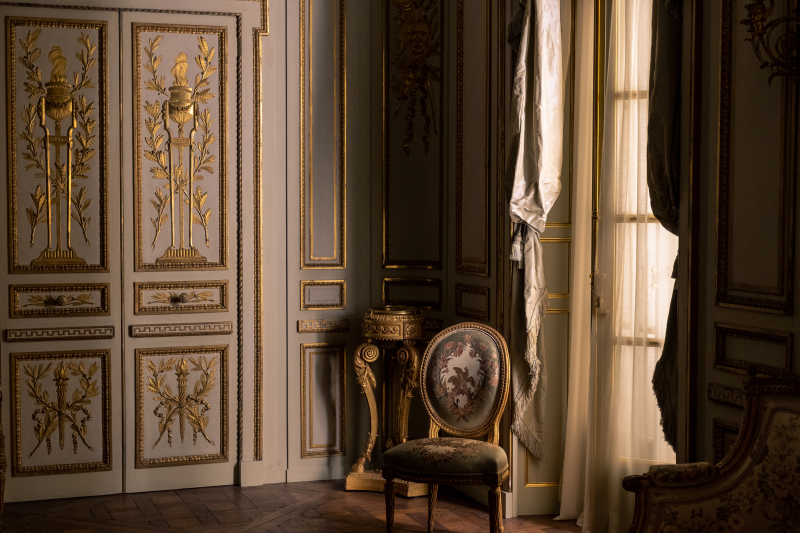
Image by Jensen R via pexels.com 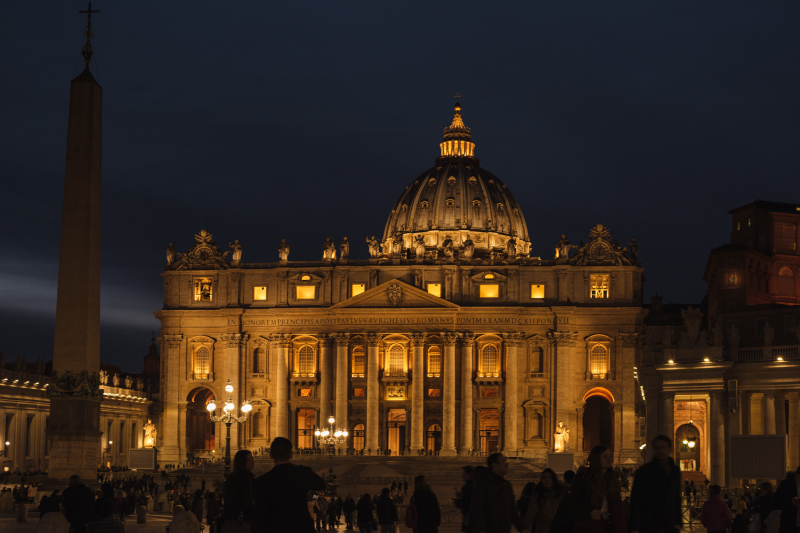
Image by Olga Lioncat via pexels.com -
Greek and Latin were gradually replaced by a number of new vernacular languages, despite the Renaissance extolling the benefits of old humanities. With his iconic epic poem Divine Comedies, which takes the reader on an allegorical (and somewhat biographical) voyage through hell, purgatory, and heaven, renowned Italian poet Dante Alighieri played a crucial part in this paradigm shift.
Up until the 14th century, literature was usually only read by the upper classes of society. Writing in his local Tuscan dialect, which allowed Dante to reach a much wider audience and invent a form of proto-slang, changed all of that.
Dante, sometimes known as "Il Sommo Poeta" (the "Supreme Poet"), was a key inspiration for a number of authors, including Geoffrey Chaucer, William Butler Yates, and TS Eliot. Terza rima, a three-line rhyme scheme with interconnecting lines, was created by the illustrious Florentine, who also had an impact on the form and organization of poetry.

Image by Julia Khalimova via pexels.com 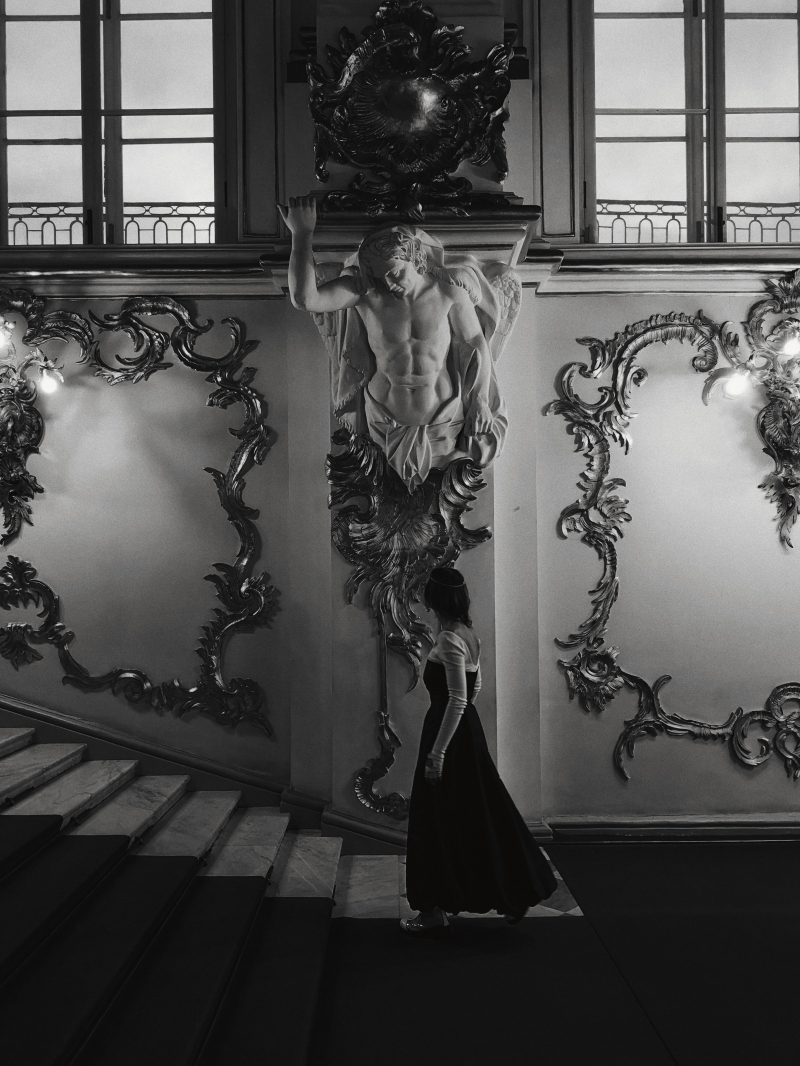
Image by Ekaterina Astakhova via pexels.com -
Many people believe that his creation is the most significant innovation of the second millennium. The idea of the metal movable type printing machine was introduced to Europe in the middle of the 15th century by Johannes Gutenberg, a German inventor from the city of Mainz. Sadly, despite improving communication and encouraging widespread literacy, he would die penniless.
The "Forty-Two-Line" Bible, which Gutenberg produced about 1455, was the first book ever printed using his invention. But soon after, one of his business partners filed a lawsuit against him for outstanding loans. Due to this conflict, Gutenberg had to declare bankruptcy and finally lost control of his whole printing business, including the renowned printing press.
In the entrepreneur's former hometown, the Gutenberg Museum now honors his tremendous impact. The two genuine Gutenberg Bibles and Gutenberg's workshop are two of the several permanent exhibits.

Image by Alexandros Chatzidimos via pexels.com 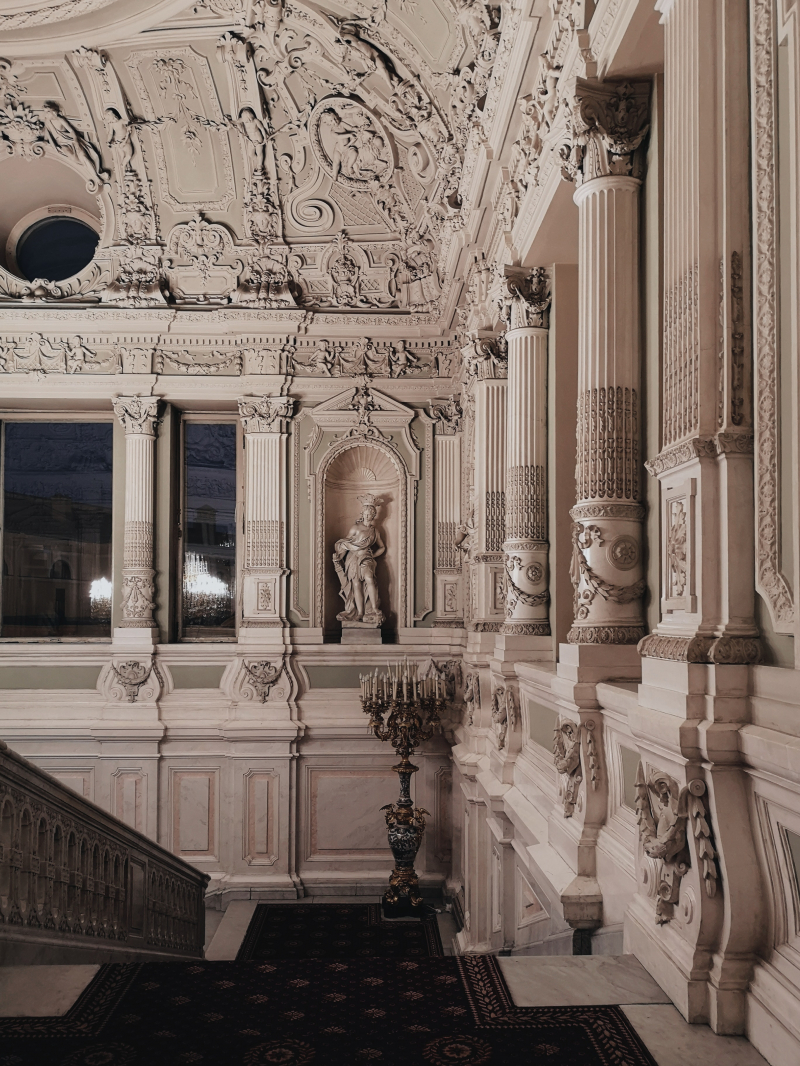
Image by Ekaterina Astakhova via pexels.com -
The works of Michelangelo and Leonardo Da Vinci are among the most sublime ever produced, and they are rightly revered for them. Both men had an obsession with even the smallest details since they were perfectionists, especially when it came to the human form because they dissected cadavers to learn more about human anatomy.
Slicing up stiffs in the 16th century was a fairly ghastly process; in contrast to modern autopsy techniques, which include well-preserved subjects. It was also forbidden. However, this did not deter these pioneering artists from honing their skill, as seen by the masterpieces that can be found in renowned museums all over the world.
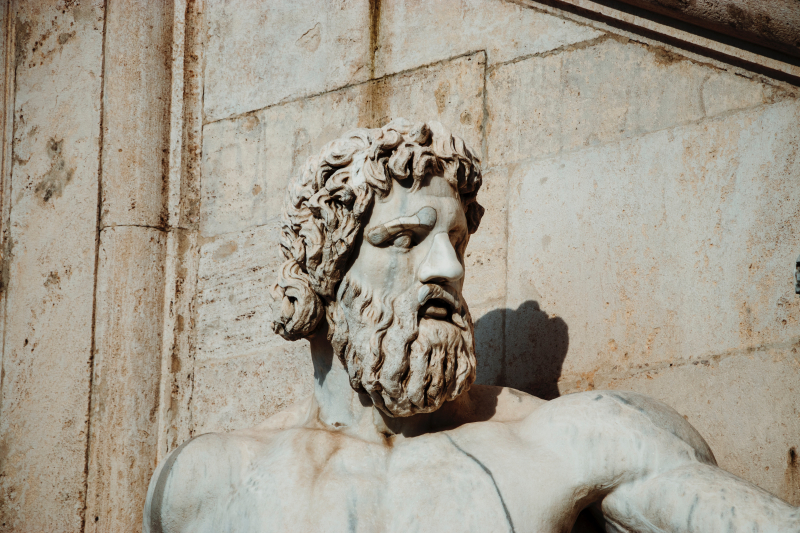
Image by Griffin Wooldridgevia pexels.com 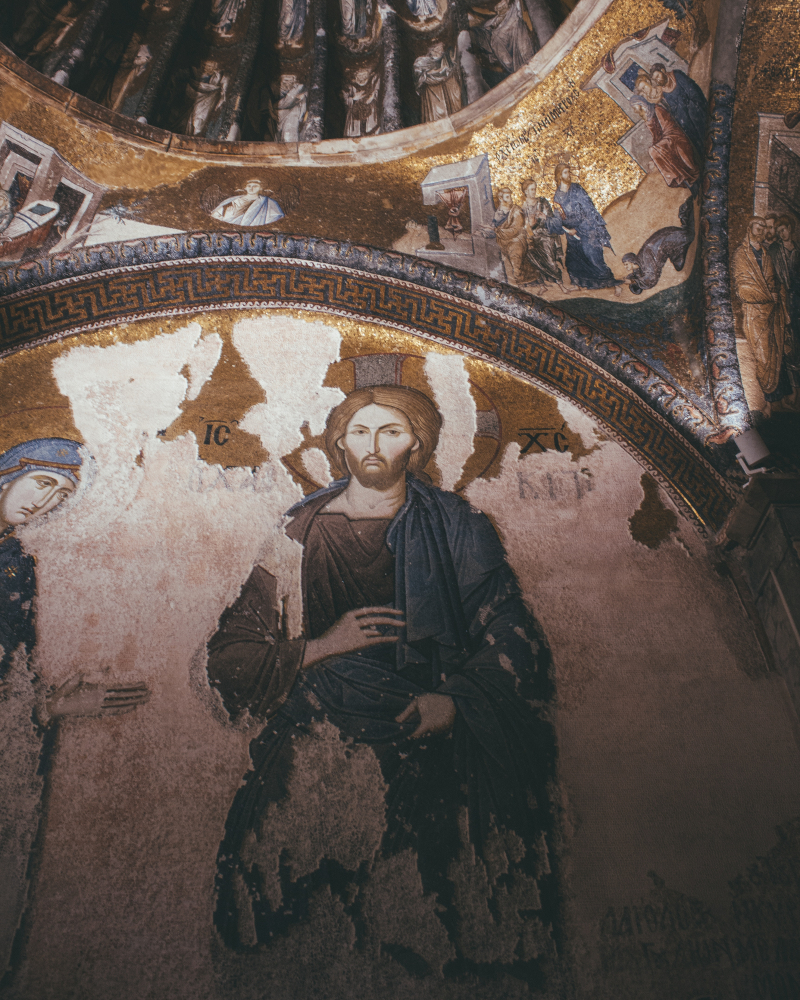
Image by Emre Can Acer via pexels.com












